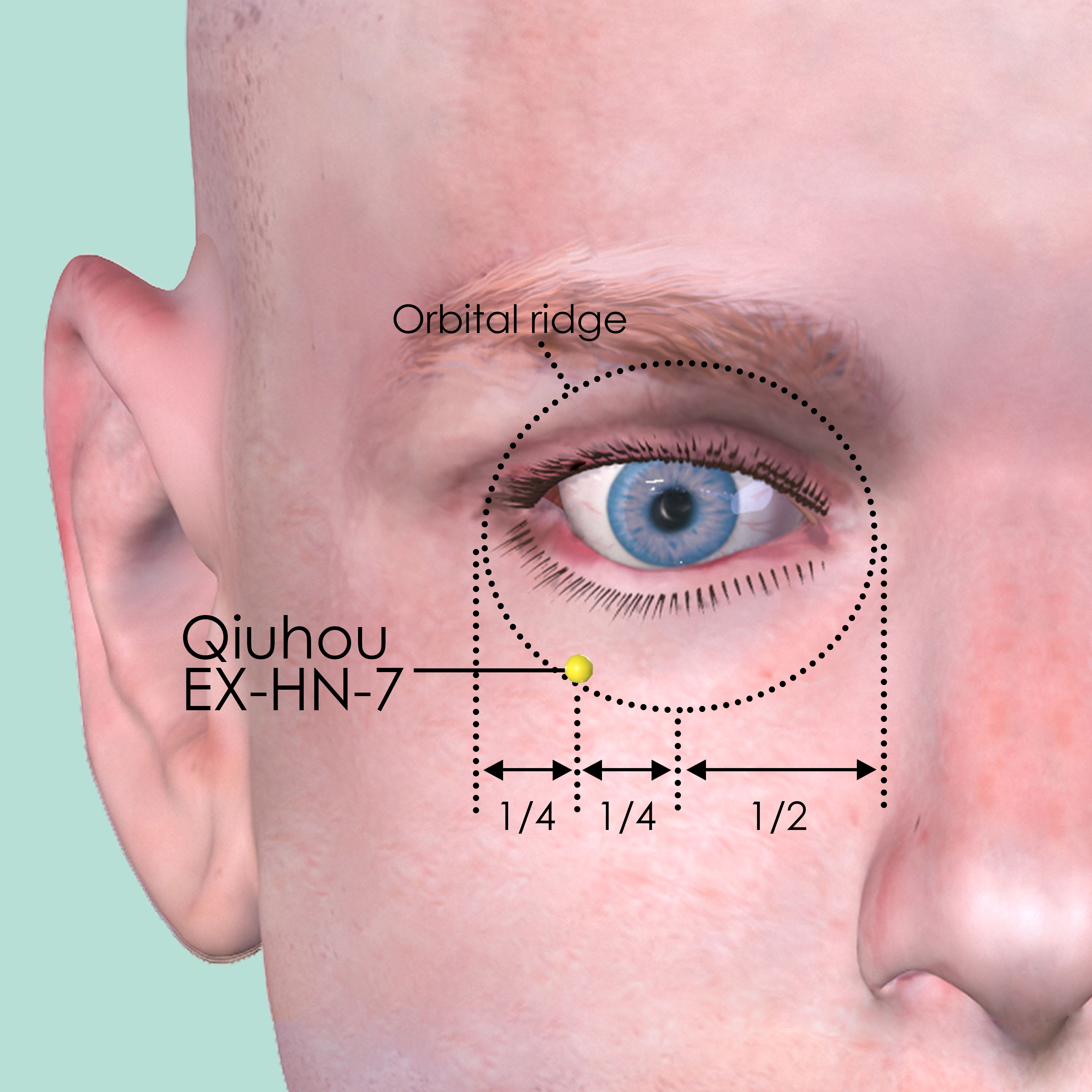Optic Nerve Inflammationaccording to TCM
Symptom families: Eye Disorders and Symptoms, Optic Disorders
What is Optic Nerve Inflammation?
Optic nerve inflammation, medically known as optic neuritis, is a condition characterized by swelling and inflammation of the optic nerve, the crucial nerve responsible for transmitting visual signals from the eye to the brain. This inflammation can lead to symptoms like pain, loss of vision, or abnormal color vision.
Optic neuritis can be associated with various conditions, including autoimmune disorders, infections, or can be idiopathic, meaning its cause is unknown. Prompt diagnosis and treatment are essential to manage symptoms and prevent potential long-term effects on vision.
How does TCM view Optic Nerve Inflammation?
Traditional Chinese Medicine (TCM) approaches optic nerve inflammation distinctively, diverging from the Western medical perspective. In TCM, this condition is seen as a manifestation of an underlying imbalance in the body's fundamental systems.
Specifically, TCM relates optic nerve issues to imbalances in Qi (vital energy), Blood, and Organ systems, particularly the Liver and Kidney. Recognizing and addressing the specific pattern of disharmony that leads to optic nerve inflammation is crucial in TCM, as each pattern requires a unique therapeutic approach.
Causes of Optic Nerve Inflammation according to TCM
In TCM, optic nerve inflammation is often attributed to certain patterns of disharmony. One prevalent cause is Liver Yang Rising, which refers to an excessive Yang energy in the Liver that can disturb vision.
Another common pattern is Kidney Yin Deficiency With Empty-Heat Blazing, where a Deficiency in Yin leads to a relative excess of Yang, manifesting as inflammation in the optic nerve. Understanding these underlying causes is vital in TCM, as it allows for a more targeted and effective treatment strategy, aiming to restore balance in the body's Yin-Yang and Organ systems.
TCM Herbal Formulas for Optic Nerve Inflammation
TCM offers various formulas and herbs for treating optic nerve inflammation, tailored to the specific patterns of disharmony. Liu Wei Di Huang Wan, containing Prepared Rehmannia (Shu Di huang), is commonly used for patterns like Liver Yang Rising and Kidney Yin Deficiency. This formula works to nourish Yin and restore balance.
Qi Ju Di Huang Wan, also featuring Prepared Rehmannia, is effective for treating Liver Yin Deficiency and Interior Wind. These herbal remedies are chosen based on the individual's unique pattern of disharmony, focusing on nourishing Yin and tonifying to alleviate symptoms and promote healing.
Explore below some TCM herbal formulas used to address optic nerve inflammation, organized by formula type.
- By Formula Type
- Formulas that nourish yin and tonify
Formulas that nourish Yin and tonify
Optic nerve inflammation can be treated by these formulas when it arises from a deficiency in Yin energy, needing nourishment and strengthening of the body's vital essence.
One such formula is Liu Wei Di Huang Wan, with prepared rehmannia as a key herb.
Other formulas of this category are listed in the table below.
All "formulas that nourish yin and tonify" recommended for optic nerve inflammation
| Formula | Key herbs |
|---|---|
| Liu Wei Di Huang Wan | Prepared Rehmannia (Shu Di huang) |
| Qi Ju Di Huang Wan | Prepared Rehmannia (Shu Di huang) |
Acupoints for Optic Nerve Inflammation
Acupuncture, a key component of TCM, involves stimulating specific acupoints to treat optic nerve inflammation. One significant point is Qiuhou EX-HN-7, located on the lower border of the orbital ridge. This point is known for its effectiveness in benefiting the eyes and addressing visual disturbances. In TCM, the selection of acupoints is based on the underlying pattern of disharmony, with the aim of harmonizing the flow of Qi and Blood, nourishing the Organs, and ultimately resolving the inflammation in the optic nerve.
See more details below about Qiuhou EX-HN-7, an acupoint used to address optic nerve inflammation.
- By Meridian
- Extra Points: Head and Neck (EX-HN)

Qiuhou EX-HN-7
On the lower border of the orbital ridge, at the junction of the lateral quarter and the medial three quarters.
TCM Herbs for Optic Nerve Inflammation
See more details below about Prepared Rehmannia (Shu Di huang), a herb used to address optic nerve inflammation.
- By Herb Category
- Tonic herbs for blood deficiency
Tonic herbs for Blood Deficiency
Optic nerve inflammation can be treated by these herbs in cases of blood deficiency, working to nourish and replenish the body's blood supply.
One such herb is Prepared Rehmannia (Shu Di huang), a key herb in some formulas recommended for optic nerve inflammation, like Liu Wei Di Huang Wan.
